Caracterización de Parthenium Hysterophorus L una Arvense de Importancia Internacional
Resumen
La competencia entre arvenses y cultivos agrícolas genera pérdidas importantes en el rendimiento de granos, cereales, hortalizas, y pastos forrajeros. Un caso particular, Parthenium hysterophorus L. es arvense originaria del Golfo de México y que como consecuencia del comercio internacional de granos y forrajes se ha expandido a otras regiones del mundo. Está clasificada como una de las principales arvenses en la actividad agrícola y ganadera. El objetivo de la revisión es caracterizar a Parthenium hysterophorus. La investigación fue a través de la búsqueda de publicaciones científicas utilizando plataformas digitales como Mendeley Reference Manager, 2020. Versión 2.97.0., Elsevier, 2023. Google Academic, 2023. Las publicaciones científicas reportan que Parthenium se caracteriza por contener en hoja, tallo, raíz, flor y polen sustancias solubles en agua como la partenina, acído cafeínico, sesquiterpenos, flavonoides, lactonas, entre otros. También otros reportes indican que la arvense está en constante expansión en el mundo alterando los sistemas agrícolas, ganaderos y ecológicos. Los metabolitos de la arvense causan efectos tóxicos en cultivos y pastizales, como: reducción en tasas de germinación, respiración, fotosíntesis y dinámica estomática, también disminuye crecimiento radicular y afecta maduración de frutos. En salud animal y humana los metabolitos son causantes de dermatitis, inflamación articular, diarreas, entre otros. Sin embargo, otra línea de investigación afirma que los metabolitos tienen efectos citotóxicos que disminuyen el crecimiento tumoral. En conclusión, Parthenium hysterophorus L. tiene efectos nocivos en la actividad agrícola y ganadera, y en salud humana.
Descargas
Citas
Abdulkerim-Ute, J., & Legesse, B. (2016). Parthenium hysterophorus L: Distribution, impact, and possible mitigation measures in Ethiopia. Tropical and Subtropical Agroecosystems, 19(1), 61–72.
Adkins, S., & Shabbir, A. (2014). Biology, ecology and management of the invasive parthenium weed (Parthenium hysterophorus L.). Pest Management Science, 70(7), 1023–1029. https://doi.org/10.1002/ps.3708
Afzal, I., Akram, M., Javed, T., Ali, F., Kalaji, H. M., Wróbel, J., Telesiński, A., Mojski, J., & Ahmed, M. A. A. (2022). Quantifying the germination response of Parthenium hysterophorus at various temperatures and water potentials by using population-based threshold model. Frontiers in Plant Science, 13(August), 1–11. https://doi.org/10.3389/fpls.2022.961378
Morales Fretes, F. R., & Ramírez Davalos, Y. G. (2023). Experiencia vivida por pacientes en diálisis peritoneal domiciliaria: Estudios de casos en la ciudad Pilar, Paraguay. Revista Veritas De Difusão Científica, 4(2), 37–54. https://doi.org/10.61616/rvdc.v4i2.45
Nieto Merino , J.-C., Pérez Gómez, L. S., Michelle Luna, N., Gay Villanueva , J. A., & Garcia Avila, Y. S. (2024). Alcance y Precisión a Bajo Costo: Fabricando Prótesis de Dedo con Impresión 3d Fdm en Petg. Estudios Y Perspectivas Revista Científica Y Académica , 4(1), 2224–2233. https://doi.org/10.61384/r.c.a.v4i1.176
Zamora Choez, E. L., & Carlos Arturo. (2024). Facturación Electrónica y su Impacto Económico en las Imprentas Autorizadas por el Servicio de Rentas Internas (SRI) de Manta. Revista Científica De Salud Y Desarrollo Humano, 5(1), 151–171. https://doi.org/10.61368/r.s.d.h.v5i1.83
Da Silva Santos , F., & López Vargas , R. (2020). Efecto del Estrés en la Función Inmune en Pacientes con Enfermedades Autoinmunes: una Revisión de Estudios Latinoamericanos. Revista Científica De Salud Y Desarrollo Humano, 1(1), 46–59. https://doi.org/10.61368/r.s.d.h.v1i1.9
Al Ruheili, A. M., Al Sariri, T., & Al Subhi, A. M. (2022a). Predicting the potential habitat distribution of parthenium weed (Parthenium hysterophorus) globally and in Oman under projected climate change. Journal of the Saudi Society of Agricultural Sciences, 21(7). https://doi.org/10.1016/j.jssas.2021.12.004
Al Ruheili, A. M., Al Sariri, T., & Al Subhi, A. M. (2022b). Predicting the potential habitat distribution of parthenium weed (Parthenium hysterophorus) globally and in Oman under projected climate change. Journal of the Saudi Society of Agricultural Sciences, 21(7), 469–478. https://doi.org/10.1016/j.jssas.2021.12.004
Anjum, T., Bajwa, R., & Javaid, A. (2016). Biological control of Parthenium i : effect of Imperata cylindrica on distribution , germination and seedling growth of Parthenium. January, 1–6.
Arshad, J. (2007). Efficacy of some common herbicides against Parthenium weed. Pakistan Journal of Weed Science Research, 13(1/2), 93–98.
Carnevali Fernández-Concha, G., Ramírez Murillo, I. M., Hernández, S., & Tapia, J. L. (2010). Flora de la Península de Yucatán. (C. d. Yucatán, Ed.) Merida, Yucatán, México: Unidad de Recursos Naturales.
Balyan, R. S., Yadav, A., Pahwa, S. K., & Malik, R. K. (1996). Chemical control of Parthenium hysterophorus Linn. Pestology, 20(6), 31–34.
Bashar, H. K., Juraimi, A. S., Ahmad-Hamdani, M. S., Uddin, M. K., Asib, N., Anwar, M. P., Karim, S. R., Rahaman, F., Haque, M. A., & Hossain, A. (2022). Documentation of Phytotoxic Compounds Existing in Parthenium hysterophorus L. Leaf and Their Phytotoxicity on Eleusine indica (L.) Gaertn. and Digitaria sanguinalis (L.) Scop. Toxins, 14(8). https://doi.org/10.3390/toxins14080561
Bashar, H. M. K., Juraimi, A. S., Ahmad-Hamdani, M. S., Uddin, M. K., Asib, N., Anwar, M. P., & Rahaman, F. (2021). A mystic weed, parthenium hysterophorus: Threats, potentials and management. Agronomy, 11(8), 1–20. https://doi.org/10.3390/agronomy11081514
Bhattacharya, A. (2022). Physiological Processes in Plants Under Low Temperature Stress. In Physiological Processes in Plants Under Low Temperature Stress. https://doi.org/10.1007/978-981-16-9037-2
Chippendale, J. E., & Panetta, E. D. (1994). The cost of parthenium weed to the Queensland cattle industry. Plant Protection Quarterly , 9(2), 73–76.
Choukr-Allah, R., & Ragab, R. (2023). Biosaline Agriculture as a Climate Change Adaptation for Food Security. In Biosaline Agriculture as a Climate Change Adaptation for Food Security. https://doi.org/10.1007/978-3-031-24279-3
Costello, B., Osunkoya, O. O., Sandino, J., Marinic, W., Trotter, P., Shi, B., Gonzalez, F., & Dhileepan, K. (2022). Detection of Parthenium Weed (Parthenium hysterophorus L.) and Its Growth Stages Using Artificial Intelligence. Agriculture (Switzerland), 12(11), 1–23. https://doi.org/10.3390/agriculture12111838
Das, B., Saidi Reddy, V., Krishnaiah, M., Sharma, A. V. S., Ravi Kumar, K., Venkateswara Rao, J., & Sridhar, V. (2007). Acetylated pseudoguaianolides from Parthenium hysterophorus and their cytotoxic activity. Phytochemistry, 68(15), 2029–2034.
https://doi.org/10.1016/j.phytochem.2007.05.002
De La Fuente, J. R., Uriburu, M. L., Burton, G., & Sosa, V. E. (2000). Sesquiterpene lactone variability in Parthenium hysterophorus L. Phytochemistry, 55(7), 769–772.
https://doi.org/10.1016/S0031-9422(00)00288-0
Dhileepan, K., Government, Q., Agricultural, S., & Dhileepan, K. (2009). Parthenium hysterophorus L . November.
Ecosostenible. (3 de agosto de 2023). https://antropocene.it/es/2023/02/27/partenina-2/. Obtenido de https://antropocene.it/es/2023/02/27/partenina-2/: https://antropocene.it/es/2023/02/27/partenina-2/
EPPO, E. (3 de agosto de 2023). https://gd.eppo.int/taxon/PTNHY/distribution. Recuperado el 2023, de https://gd.eppo.int/taxon/PTNHY/distribution: https://gd.eppo.int/taxon/PTNHY/distribution
Evans, H. C. (1997). Parthenium hysterophorus: a review of its weed status and the possibilities for biological control. BiocontrolNews and Information, 18(3), 89–98.
Experientia, S. (1976). T o x i c i t y of P a r t h e n i u m h y s t e r o p h o r u s. 43(1974), 1976–1977.
Fernández, E. M. A., Granados, J. C., Mayagoitia, A. L., Romero, L. R., de Aluja, A. S., Tavera, F. J. T., Elizondo, G. V., Cantón, B. V., Salinas, E. M., & Rodríguez, I. C. R. (2018). Prefacio a la quinta edición. In Patología general veterinaria (pp. 7–8).
https://doi.org/10.2307/j.ctv1xxv3n.2
Ferriol Molina, M., & López Del Rincón, C. (2017). Familia compositae (Asteraceae): Caracteres generales. España: Universidad Politécnica de Valencia.
Gadisa, D., Daniel, F., & Firew, K. (2019). Socioeconomic and ecological consequences of Parthenium weed (Parthenium hysterophorus L.) in Boset Woreda, Ethiopia. African Journal of Agricultural Research, 14(34), 1921–1942. https://doi.org/10.5897/ajar2019.14247
Harry C., E. (1997). Parthenium hysterophorus: a review of its. Biocontrol, 18(3), 89-98.
Haseler, W. H. (1976). Parthenium hysterophorus L. in australia. Pans, 22(4), 515–517. https://doi.org/10.1080/09670877609414342
IUPAC, L. (3 de Agosto de 2023). https://antropocene.it/es/2023/02/27/partenina-2/. Obtenido de https://antropocene.it/es/2023/02/27/partenina-2/.
Jabeen, R., Prentis, P., Anjum, T., & Adkins, S. W. (2015). Genetic structure of invasive weed Parthenium hysterophorus in Australia and Pakistan. International Journal of Agriculture and Biology, 17(2).
Jiménez, M. Á. A., Cruz, A. Z., Belmares, S. Y. S., Valdés, J. A. A., & Rivera, C. A. S. (2021). Phytochemical and biological characterization of aqueous and ethanolic extracts of parthenium hysterophorus. Pharmacognosy Journal, 13(5), 1122–1133.
https://doi.org/10.5530/pj.2021.13.145
Jiménez, R. M. R., Capa, Á. B., & Lozano, A. P. (2004). Meteorología Y Climatología. https://cab.inta-csic.es/uploads/culturacientifica/adjuntos/20130121115236.pdf
Joshi, A., Bachheti, R. K., Sharma, A., & Mamgain, R. (2016). Parthenium hysterophorus. L. (Asteraceae): A boon or curse? (A review). Oriental Journal of Chemistry, 32(3), 1283–1294. https://doi.org/10.13005/ojc/320302
Kalaiselvi, M., Subbaiya, R., & Selvam, M. (2013). Original Research Article Synthesis and characterization of silver nanoparticles from leaf extract of Parthenium hysterophorus and its anti-bacterial and antioxidant activity. 2(6), 220–227.
Kanchan, sukhada D., & Chandra, J. (1979). ALLELOPATHIC OF PARTHENIUM EFFECTS HYSTEROPHORUS Allelopathy Fumaric acid Parthenin Phenolics Pollen Leaf Washing Root lea- chate Parthenium hysterophorus L . the tropical American weed which has spread to all parts of India forming huge stands exert alle. 37(1979), 67–75.
Kataria, S., & Singh, V. P. (n.d.). UV-B Radiation and.
Kaur, M., Aggarwal, N. K., Kumar, V., & Dhiman, R. (2014). Effects and Management of Parthenium hysterophorus : A Weed of Global Significance . International Scholarly Research Notices, 2014, 1–12. https://doi.org/10.1155/2014/368647
Kumar, S., Pandey, S., & Pandey, A. K. (2014). In vitro antibacterial, antioxidant, and cytotoxic activities of parthenium hysterophorus and characterization of extracts by LC-MS analysis. BioMed Research International, 2014. https://doi.org/10.1155/2014/495154
Lalita, & Kumar, A. (2018). Review on a weed Parthenium hysterophorus (L.). International Journal of Current Research and Review, 10(17), 23–32. https://doi.org/10.31782/ijcrr.2018.10175
Loza, A. G. de L., Higuera, A. P., Rodríguez, G. G., & Cueva, A. A. de la. (2013). Atlas de geografia del mundo.
Maharjan, S., Shrestha, B. B., & Jha, P. K. (1970). Allelopathic Effects of Aqueous Extract of Leaves of Parthenium Hysterophorus L. on Seed Germination and Seedling Growth of Some Cultivated and Wild Herbaceous Species. Scientific World, 5(5), 33–39. https://doi.org/10.3126/sw.v5i5.2653
Maishi, A. I., Shoukat Ali, P. K., Chaghtai, S. A., & Khan, G. (1998). A proving of parthenium hysterophorus, L. British Homeopathic Journal, 87(01), 17–21. https://doi.org/10.1016/s0007-0785(98)80005-7
Marwat, K. B., Khan, M. A., Nawaz, A., & Amin, A. (2008). Parthenium hysterophorus L. A Potential source of bioherbicide. Pakistan Journal of Botany, 40(5), 1933–1942.
Mawal, S. S., Shahnawaz, M., Sangale, M. K., & Ade, A. B. (2015).
http://www.ijsrpub.com/uploads/papers/IJSRK/2015/jun/IJSRK-15-18.pdf.
International Journal of Scientific Research in Knowledge, 3(6), 145–152.
https://doi.org/10.12983/ijsrk-2015-p0145-0152
Mersie, W., & Singh, M. (1987). Allelopathic effect of parthenium (Parthenium hysterophorus L.) extract and residue on some agronomic crops and weeds. Journal of Chemical Ecology, 13(7). https://doi.org/10.1007/BF00980214
Mersie, W., & Singh, M. (july de 1987). Allelopathic effect of parthenium (Parthenium hysterophorus L.) extract and residue on some agronomic crops and weeds. Chemical Ecology, 13, 1739-1447.
Mukherjee, S., & Baluška, F. (n.d.). Signaling and Communication in Plants Rhizobiology: Molecular Physiology of Plant Roots. https://link.springer.com/bookseries/8094
Muslera, P., & Ratera, G. (1991). Praderas y forrajes: producción y aprovechamiento (2da. ed.). Madrid, España: Mundi-Prensa.
Narasimhan, T. R., Keshava Murthy, B. S., Harindranath, N., & Subba Rao, P. V. (1984). Characterization of a toxin from Parthenium hysterophorus and its mode of excretion in animals. Journal of Biosciences, 6(5), 729–738. https://doi.org/10.1007/BF02702716
Narasimban, T., Anath , M., Norayana, M., Rojendra, M., Mangala, A., & Sutba, P. (1976). Toxicidad de Parthenium hysteophorus to cattle and buffaloes. Institute of animal heatlh and veterinary biologicals and departament of biochemistry, 1358 -1359.
Nguyen, T., Bajwa, A. A., Navie, S., O’Donnell, C., & Adkins, S. (2017). Parthenium weed (Parthenium hysterophorus L.) and climate change: the effect of CO2 concentration, temperature, and water deficit on growth and reproduction of two biotypes. Environmental Science and Pollution Research, 24(11), 10727–10739. https://doi.org/10.1007/s11356-017-8737-7
Of, E., Extract, M., Parthenium, O. F., Haematological, O. N., & Albino, P. (2010). Effect of Methanolic Extract of Parthenium Hysterophorus L . on Haematological Parameters in. 2, 357–364.
Ojija, F. (2022). Eco-friendly management of Parthenium hysterophorus. Science Progress, 105(3), 1–15. https://doi.org/10.1177/00368504221118234
Ojija, F., & Ngimba, C. (2021). Suppressive abilities of legume fodder plants against the invasive weed Parthenium hysterophorus (Asteraceae). Environmental and Sustainability Indicators, 10(July 2020), 100111. https://doi.org/10.1016/j.indic.2021.100111
Premakumari, P. D., Sarayu, M. G., Das, G. G. M., Babu, K. V. D., Krishnan, R., Lawarence, B., Siraj, S. S., Pillai, A. R., Syamala, S. K. S., & Murugan, K. (2022). Invasive Exotic Plant Species and Their Influence on the Environment, Ecosystem Services, Economy and Health: a Search. Journal of Advanced Scientific Research, 13(01), 64–74.
https://doi.org/10.55218/jasr.202213106
Quiroga, H. (2013). Tasa de acumulación de materia seca de alfalfa en respuesta a variables climatológicas. Revista Mexicana de Ciencias Agrícolas, 4, 503–516.
Rana, R. (2022). Parthenium hysterophorus Being Boon and Bane for Human Beings: A Review. Bhartiya Krishi Anusandhan Patrika, I(Of), 1–4. https://doi.org/10.18805/bkap465
Rzedowski, J. (1978). Clave para la identificación de los géneros de la familia Compositae en México. San Luis Potosí, San Luis Potosí, México: Universitaria Potosina.
Saini, A., Aggarwal, N. K., Sharma, A., Kaur, M., & Yadav, A. (2014). Utility Potential of Parthenium hysterophorus for Its Strategic Management. Advances in Agriculture, 2014. https://doi.org/10.1155/2014/381859
Shahi, D., & Sapkota, R. (2018). A Comparative Study on Dye Degradation by Leaf and Root Extracts of Parthenium hysterophorus L. International Journal of Applied Sciences and Biotechnology, 6(4), 327–331. https://doi.org/10.3126/ijasbt.v6i4.22110
Shiferaw, W., Demissew, S., & Bekele, T. (2018). Invasive alien plant species in Ethiopia: ecological impacts on biodiversity a review paper. International Journal of Molecular Biology, 3(4), 169–176. https://doi.org/10.15406/ijmboa.2018.03.00072
Shrestha, B., & Thapa, C. B. (2018). Allelopathic effects of invasive alien species Parthenium hysterophorus L. on seed germination of paddy and wheat. Himalayan Biodiversity, 6(July 2013), 1–5. https://doi.org/10.3126/hebids.v6i0.33526
SIAP. (2022). https://www.gob.mx/siap/acciones-y-programas/produccion-agricola-33119. (G. d. México, Editor, & S. d. Pesquera, Productor) Obtenido de https://www.gob.mx/siap/acciones-y-programas/produccion-agricola-33119
Vikrant, P., Verma, K. K., Rajak, R. C., & Pandey, A. K. (august de 2006). Characterization of a Phytotoxin from Phoma herbarum for Management of Parthenium hysterophorus L. Journal of phytopathology, 461-468.
Weyl, P. (2019). Parthenium hysterophorus. En C. Internacional, Parthenium hysterophorus. España: CABI
Williams, J. D., & Groves, R. H. (1980). The influence of temperature and photoperiod on growth and development of Parthenium hysterophorus L. Weed Research, 20(1), 47–52. https://doi.org/10.1111/j.1365-3180.1980.tb00040.x
Woldesenbet, M. (n.d.). Nodulation , N and P Uptake as Influenced by Parthenium ( Parthenium Hysterophorus L .) Densities in Common Bean ( Phaseolus Vulgaris L .). 1(3), 177–181.
Zelalem, B. (2021). Status of parthenium weed (Parthenium hysterophorus L.) and its control options in Ethiopia. African Journal of Agricultural Research, 17(1), 1–7.
Derechos de autor 2024 Alejandro Alviter Aguilar, Pedro Arturo Martínez Hernández, Enrique Cortés Díaz, Alejandro Rodríguez Ortega, José Luis Zaragoza Ramírez

Esta obra está bajo licencia internacional Creative Commons Reconocimiento 4.0.

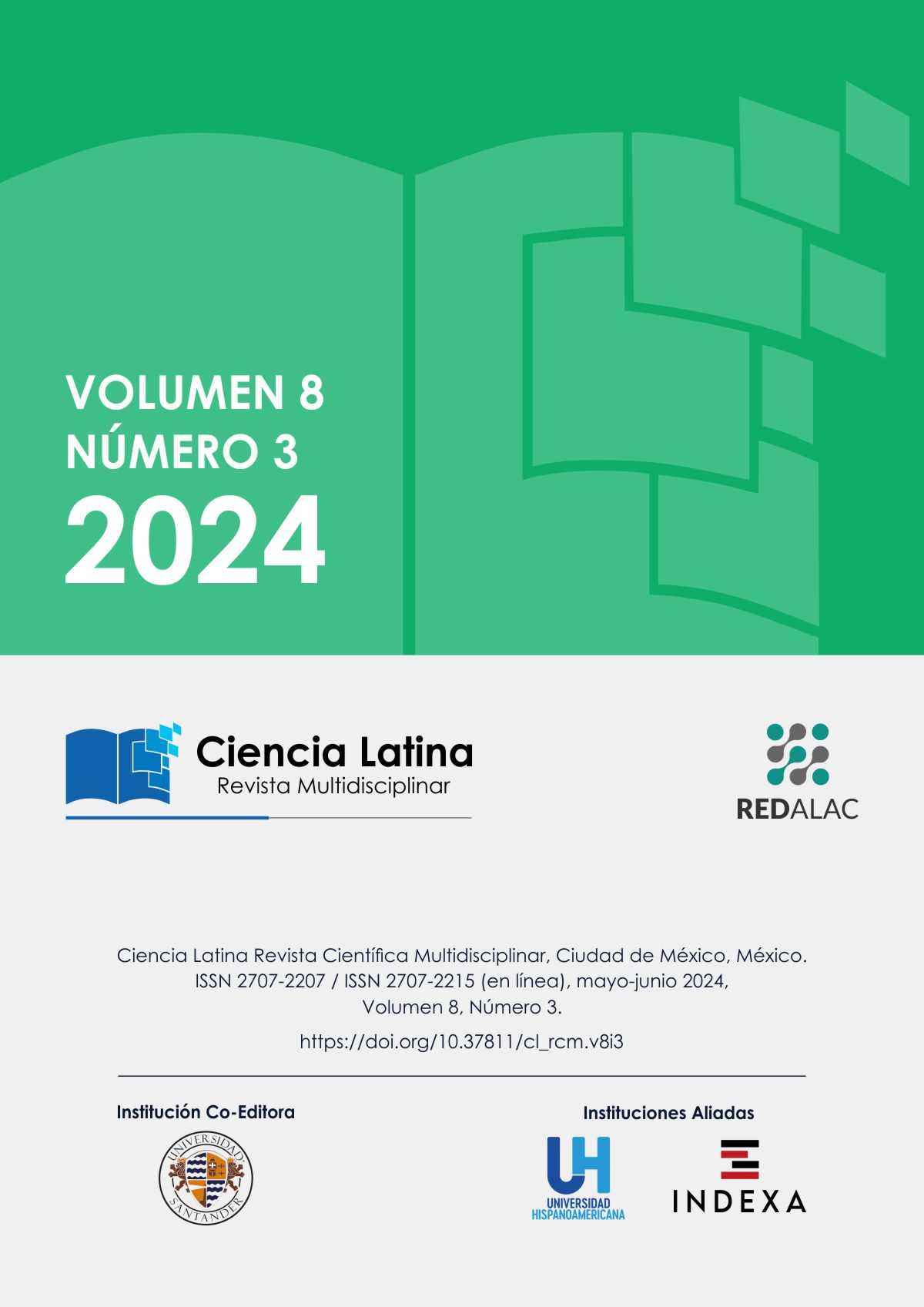

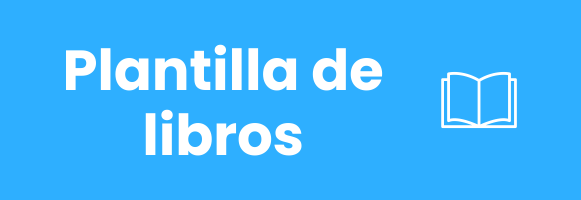
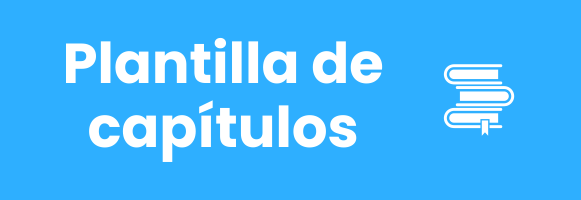
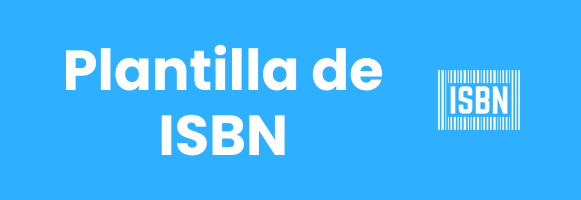
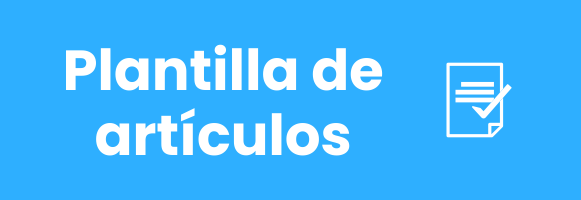



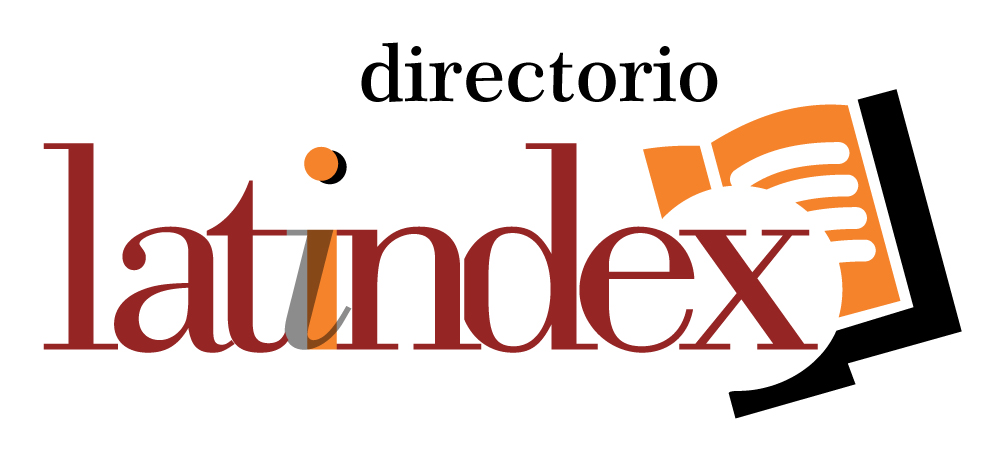
.png)
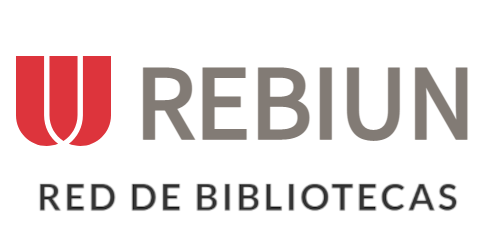









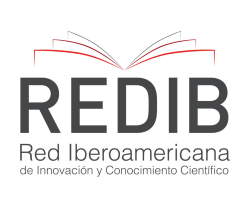




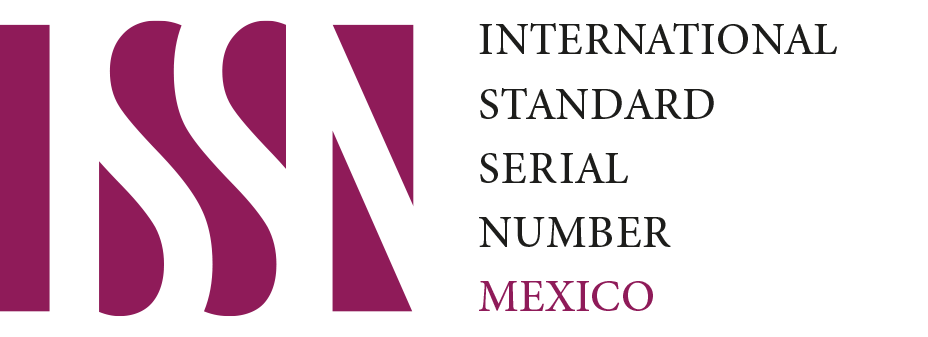
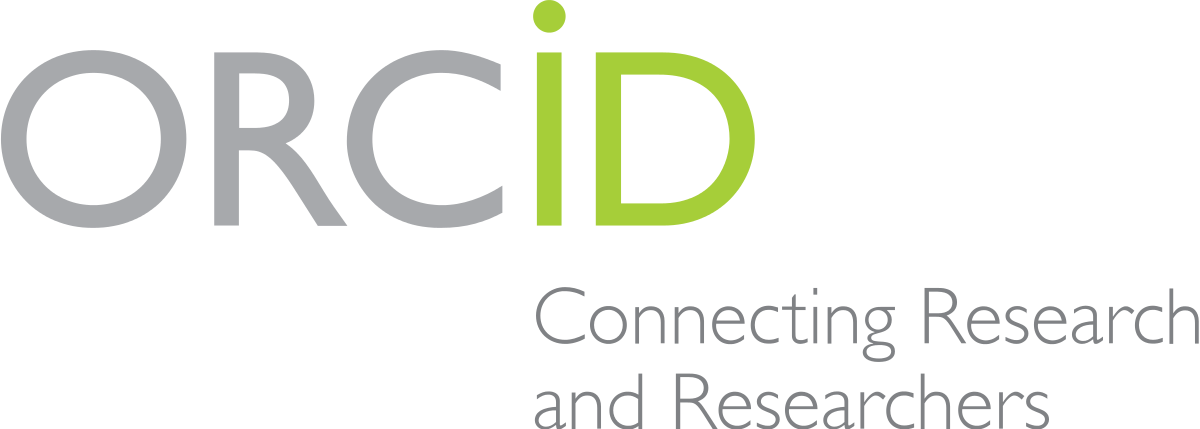



.png)
1.png)


